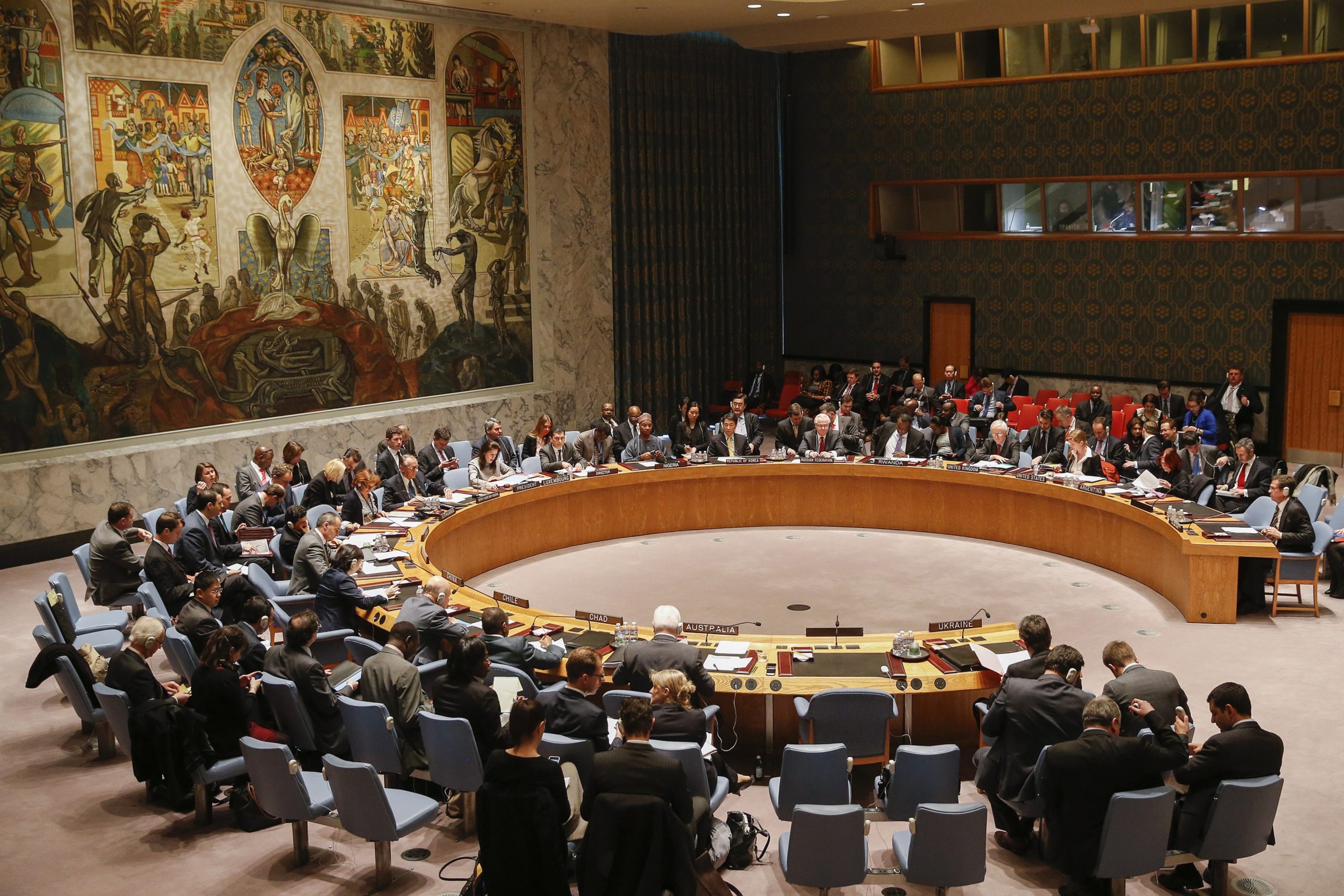“Quanto statu quo vinculo” means “what the council did not do,” according to the Roman Constitution of the 15th century. A recent article in the Wall Street Journal by William Lee analyzes the relationship between Italian and English responses to the Reform Manifesto. He points out that the first group of English reactionaries – the corrupt councilors – were mainly the product of the corruption of the Venice overlord, Venice’s notorious adviser, friars, and bureaus. These same corrupt councilors, Lee argues, were in fact instrumental in “reforming” the papacy through the intrigues they organized against Henry VIII. To counteract these “reforms,” the English reactionaries fashioned a new vision of the papacy as a bulwark against heretical popes who, with the help of the Roman government, would attack the reformed religion.
Consequently, we have this remarkable parallel: after the council of Trent established the Church into the fourth century, the popes, named Innocent III, turned into a vicious hater of popes. Innocent III closed the synagogues and destroyed all synagogal buildings, including one which had been constructed by one of St. Photini’s descendants. The same happened in Germany and France following the deposition of the last Catholic Pope, Pius XII. A Polish doctor-of-law, Bartlesz, instituted a process of excommunication against Polish bishops and priests who took the side of the papacy, but not against the German bishops.
Then, what of the sixteenth century? It is important to recognize the continuity in attitudes which culminated in the Reformation, and between the sixteenth and the seventeenth centuries, when the Roman Catholic Church experienced a serious crisis which threatened the entire structure of society.
What, then, can we say to be characteristic of the sixteenth century? To start with, it was not a period of profound social change. A substantial majority of the population remained illiterate, and there was little sign of an inclination towards urbanization or industrialization. There was no real threat from the Barbary and Muslim pirates, nor was there any significant intellectual ferment.
Then there were the problems of the papacy. Innocent III, who wished to reform the Roman Catholic Church, created a papacy which was infallible and unlimited in its infallibility. This created a situation whereby the popes, acting through their infallible authority, could remove a Pope who refused to sign the Concordat of Pius XII. Such removal was condemned by the reformed and the papacy was eventually abolished.
Theological controversy raged throughout the centuries until the sixteenth century, when there was a momentous revival of the faith. A new school of thought was developed under the tutelage of such artists as Bach, Cavallini, iano, J. S. Bach, Handel, Palmeiro, Verdi, Tostigheimer, and others. These composers sought to recreate the sermantic or polyphonic music of the early Christian era, which had fallen away in the thirteenth century. Most of these composers were also strongly influenced by the great works of Mozart and the Italian Renaissance. Some were highly indebted to the works of J. S. Bach and all strove to reproduce as nearly as possible the sound of the great Italian maestro’s classical style.
One of the most important characteristics of this type of composers was their alliteration. They frequently wrote in four distinct tonal groups, the first of which was the tonic, or higher voice. A typical work of this kind would have a high-pitched solo imitation of a choir, which was followed by a chorus of lower-pitched instruments. In many cases a dramatic or lively vein was used to conclude these sections. There was a considerable amount of modulation in the works of many of these artists, both within the range of simple rhythmic passages and self-contained moments of brilliance. Which composer responded to the reforms of the council of Troy in an exemplary fashion, according to music historians, is entirely dependent upon the quality of his or her writing.






